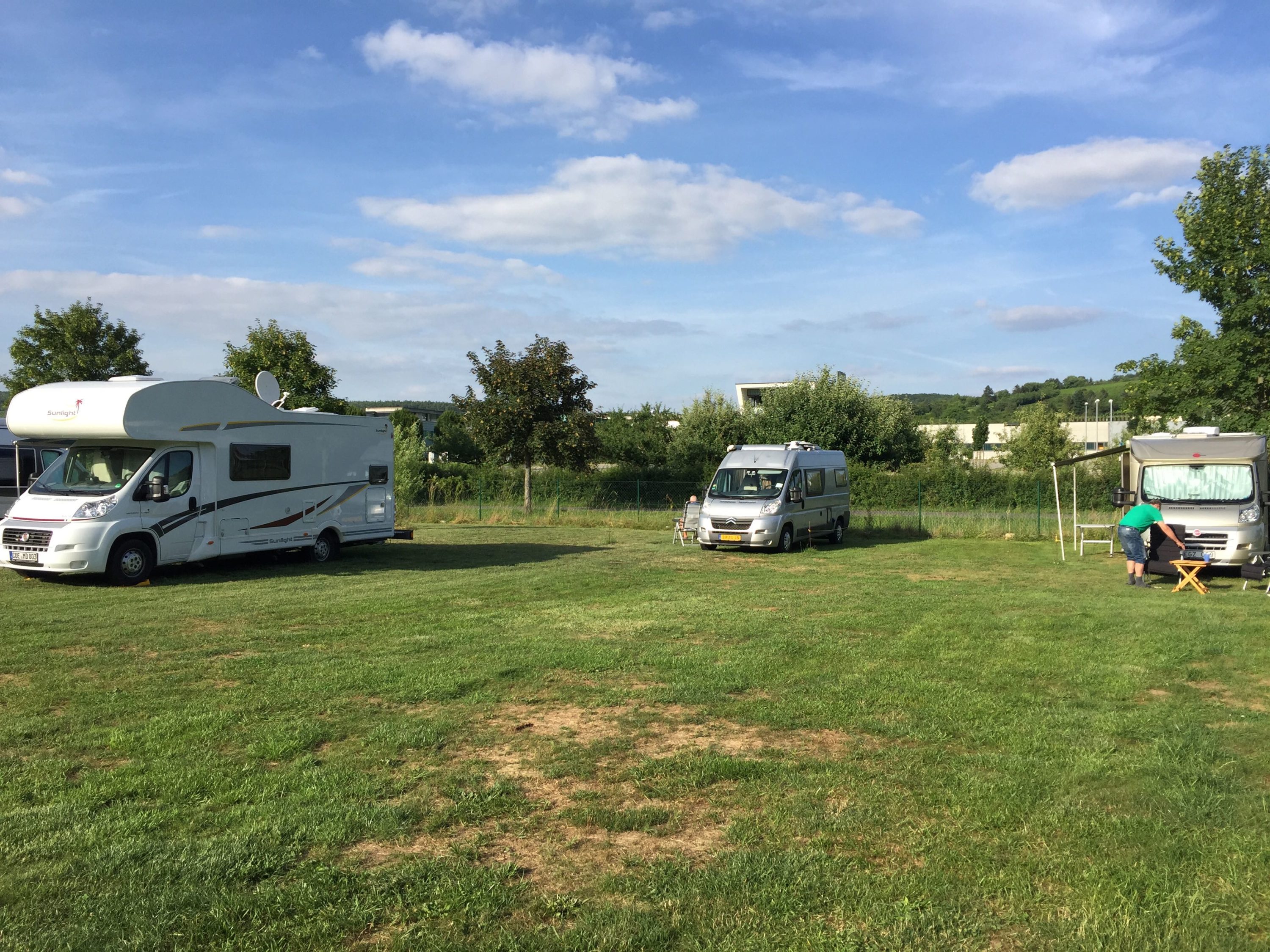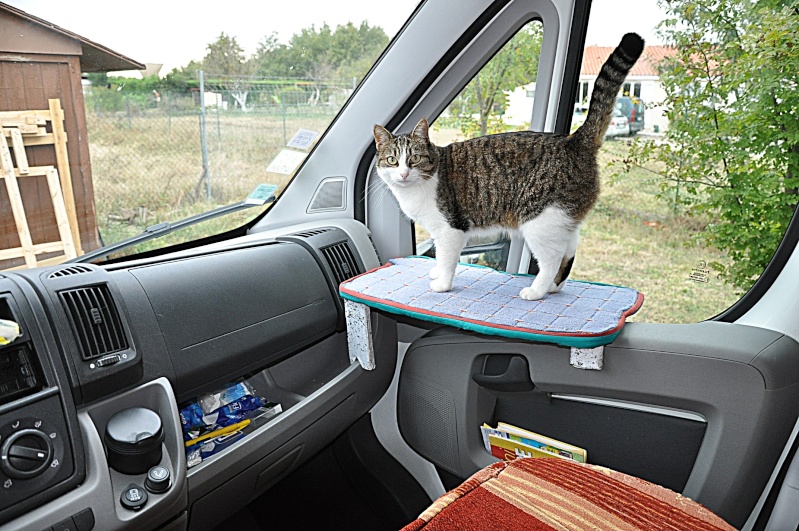Buying a new motorhome is a real investment, and not necessarily within everyone’s reach. Faced with excessive prices, it may be a good idea to look at used motorhomes, which will save you a lot of money! However, we advise you not to jump at the first vehicle and to think carefully before buying. In this article, CaraMaps gives you 8 essential tips for buying a used motorhome!
Define your needs
This is the first step before buying a used motorhome! Not all motorhome travellers have the same needs, and not all use their recreational vehicle in the same way! Before embarking on your search, we advise you to answer the following questions:
- Are you planning to travel alone, as a couple or with your family?
- Are you planning to travel close to home (neighbouring departments and regions) or further afield ( Europe or other countries abroad)?
- Do you plan to travel only on weekends or for longer periods?
- Do you want to travel with the bare minimum, or have a truly comfortable lifestyle aboard your vehicle?
Once you’ve answered these questions, you’ll be able to decide which type of vehicle you’d like to buy: converted van, integrated motorhome or semi-integrated motorhome. If you’re traveling alone or as a couple, for example, vans are the smallest and most practical models if you want to move around and park easily. Integrated motorhomes, on the other hand, are more suitable if your main concern is comfort.
Set your budget
Setting a budget is a good start when buying a used motorhome. The price of a used motorhome varies of course, according to brand, engine, comfort level and number of kilometers.
If your budget doesn’t allow you to buy a motorhome, you can also look at used vans.
The main advantage of buying a used motorhome is that it’s more affordable than buying new. But it also means being very careful before you buy it.
Another important element to take into account in your budget is the discount. Discount is the drop in a vehicle’s market value over the years. You’ll need to compare the price of the vehicle with recent models.
You should also bear in mind that you’ll need to factor other costs into the final budget, such as: registration fees for changing the vehicle into your name, insurance, and of course all the equipment necessary for life in a motorhome (extension leads, water hose, crockery, bedding, bike racks, television…).
Compare motorhomes
Once you’ve set your budget, it’s time to start looking for vehicles. In particular, you’ll need to decide whether to buy your vehicle from a dealer or a private individual. Take a look at the different offers on specialized websites.
If you choose to buy from private individuals, you’ll find advertisements in the specialist press or on websites dedicated to motorhomes. Don’t hesitate to widen your search to neighbouring region, to get an idea of the market. Verbal exchanges with your contact should already tell you whether the offer is serious or a scam. He or she should take the time to answer all your questions and doubts.
A few precautions to take if you’re buying your motorhome from a private individual:
- A low price doesn’t necessarily mean a good deal!
- Never buy a motorhome from a private individual without first seeing the vehicle!
- It’s during your visit to the vehicle that you’ll need to double your attention, by carrying out a thorough check of all its components!
Check the vehicle interior
Before you buy your used motorhome, we recommend that you check the interior of the vehicle to avoid any nasty surprises! First check the cab, especially the odometer and fuel consumption. It’s also important that you take a close look at the seats, pedals, audio system, windows and air conditioning, and determine whether or not they’re in good condition.
The same goes for the airframe. This may take longer than checking the cab, as it contains many components. Be strategic! Check room by room: bathroom, bedroom, living room, kitchen… Check that all doors and drawers work, that furniture is undamaged, and that electrical and gas appliances work. Check all taps and drains too!
Check the vehicle exterior
Inspect the bodywork for scratches and dents. Don’t hesitate to ask if the vehicle has ever been involved in an accident, to get an idea. Don’t forget that tires must be changed every 5 years! Check the underside of the vehicle, the various hatches, the windshield and the windows. The longer the vehicle has been parked indoors, the better its condition will be, since it will not have been exposed to the vagaries of the weather.
Carry out a technical inspection
The mechanical check is an important point not to be neglected when you come face to face with your potential future vehicle! Check oil levels, engine operation and make sure there are no leaks! Don’t hesitate to ask for the vehicle’s maintenance booklet and examine the various repairs that have been carried out on the vehicle. You can also ask the owner or seller about future costs! We also recommend that you ask the seller for the annual leak test reports. This test must be carried out once a year!
If you know nothing about mechanics, don’t hesitate to ask someone you know to accompany you on the visit.
Test the vehicle
Just as with cars, it’s essential to test-drive your motorhome before you buy. This will enable you to see any faults, and the driving experience can be a real factor in your final decision!
Gears should shift smoothly, the clutch shouldn’t chatter and the engine shouldn’t make any suspicious noises. Any suspicious mechanical noise should alert you (whistling, grinding, etc.). If you can, do a straight-line braking test as well. The vehicle should not deviate from its trajectory when you brake suddenly.
Check documentation
There are a number of documents to check when you’re about to buy a motorhome:
- Registration certificate: the vehicle must be approved.
- HPI check : it will give you vital information about the motorhome you want to buy to protect you from motoring scams and fraud.
- Service history for motorhome
- Receipt for purchase
- Vehicle maintenance booklet: shows any revisions and/or repairs the vehicle may have undergone.
- Instruction manuals for appliances, if there are any.
- Crit’Air sticker: mandatory for driving in low-emission mobility zones in some European countries!
- Warranty info
Did you like the experience of your itinerant trip offered by CaraMaps and the advice from the community? Share your best anecdotes and travel photos with the 100% collaborative CaraMaps app.📱
Follow us also on our Instagram page @caramaps where you’ll discover incredible spots, and on our Facebook page where you’ll find new areas, new itineraries and news from the motorhome world every day!
Check out our other articles for more great tips, such as «Our tips for a successful first trip in a motorhome» or «5 tips for draining your motorhome».


